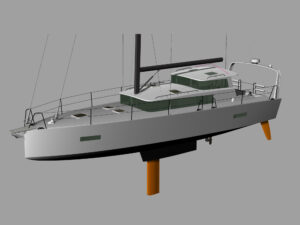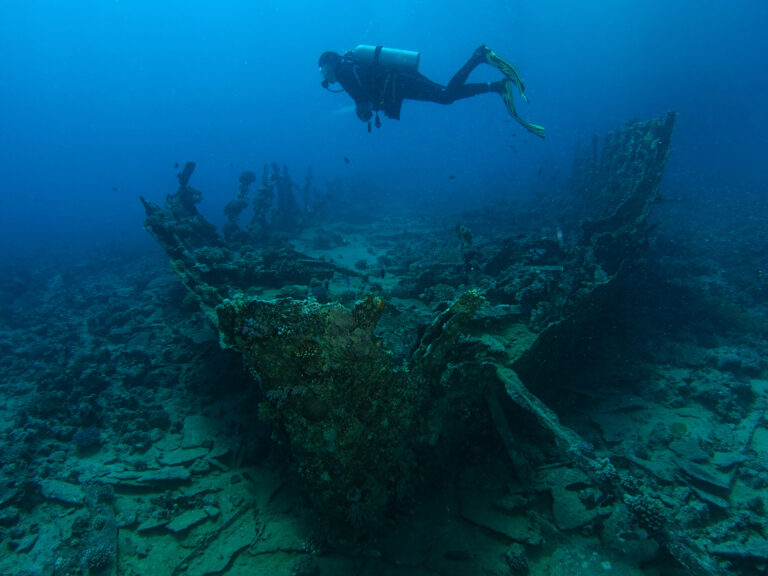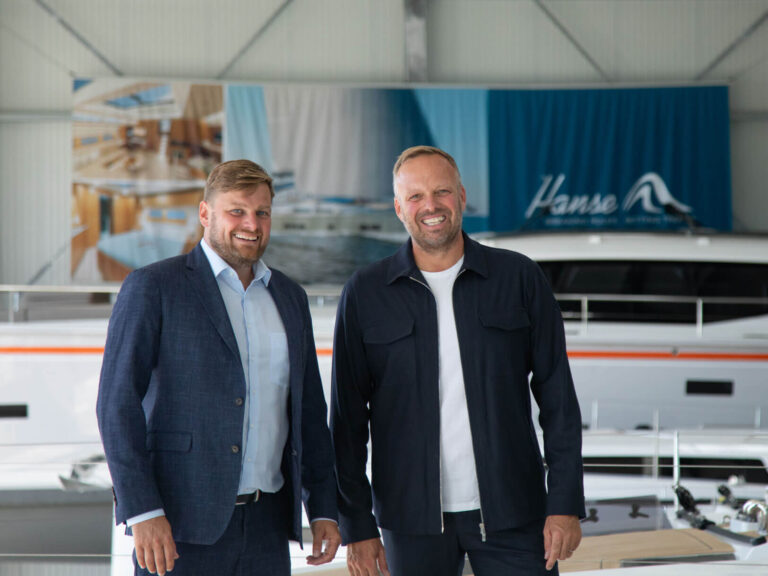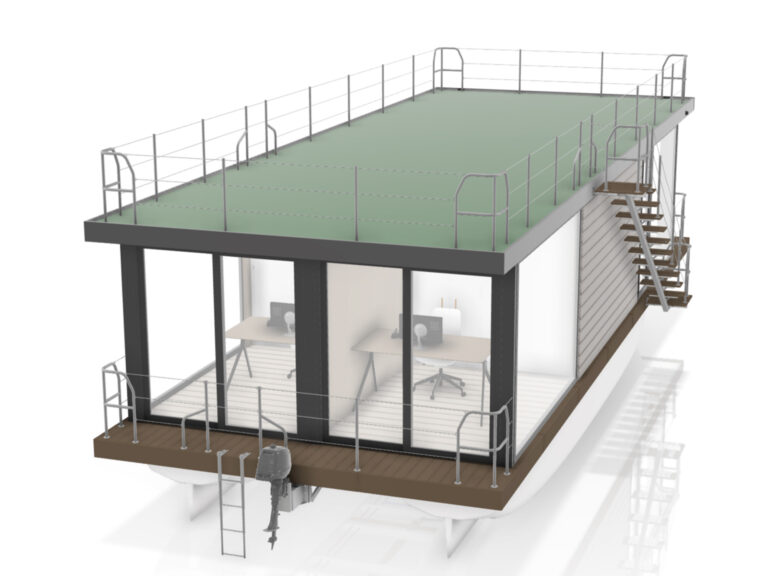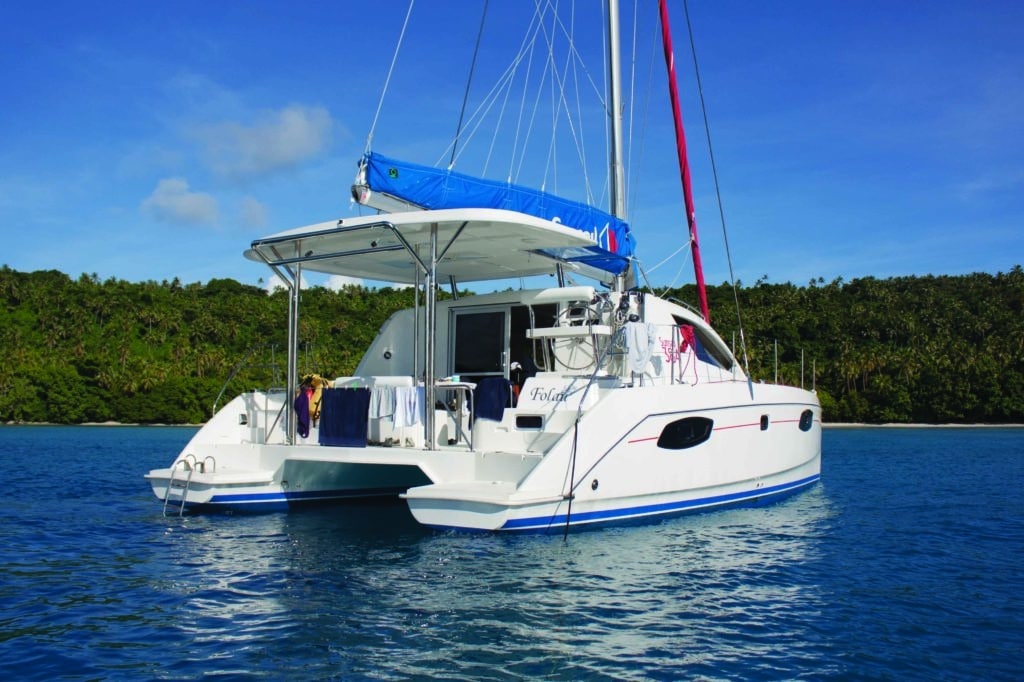
Instead of boarding our chartered 38-foot Robertson and Caine catamaran as planned, on the day we arrived in Tonga several years ago, my traveling mates and I hunkered down in a cottage ashore to wait for a late-season cyclone and its torrential rain and wind to pass. The upside to losing two full days at sea was that when we finally did set off toward Hunga, the westernmost island in the Vava‘u group, the sailing was spectacular. A sporty northerly kept the speedo at 7 knots and counting, and the Morrelli & Melvin-designed hulls of the Sunsail 384 cut through the leftover storm swell like knives through butter.
Once we rounded Hunga’s northern tip and began to run down its west side, we eyed the craggy coast and pored over the chart, worried we might miss the narrow opening to the nearly landlocked basin in the center of the island, where we hoped to find a peaceful night’s anchorage. If we missed it and had to head back north, it was going to be a gnarly beat.
At last, we spotted it: A narrow gap in the rocks. Check. A boulder midchannel that should be left to port. Check. A stick farther in that marked the northern edge of the reef we really wanted to avoid. Hmm, now that was a problem. Said stick had gone missing, but by this point we were committed. We were literally between the rock and a hard place just to starboard — startlingly close to starboard, I’d say, given the cat’s beam. Behind us, breaking waves piled up as they met the shallow entrance, eliminating the possibility of retreat. Like it or not, we were pushed swiftly forward through what we hoped was the channel. With a whoosh we surfed ahead, and by the time I thought it might be useful to hold my breath in anticipation, the depth sounder showed us back in delightfully deep water and we found ourselves surrounded by a flat-calm bay.
At that moment, I realized just how nimble and fast our little catamaran was, and how much I’d enjoyed the last few hours in conditions that, had we been sailing a monohull, would have laid us on our ear.
For the remainder of the trip, and on several catamaran outings since, my appreciation of sailing on two hulls rather than one has grown considerably — and I’m not the lone monohull sailor to get bit by this particular bug. In the Caribbean (by far the most popular vacation destination of North Americans), northward of 40 percent of the charter fleet is now comprised of catamarans, and that number increases annually. According to The Sailing Market 2016, an annual survey conducted by Cruising World and Sailing World, 16 percent of the sailboats imported into North America last year were catamarans, and one in five U.S.-built sailboats in 2015 had more than one hull.
Still, the world has its share of nautical Luddites. Walking the docks at Strictly Sail Pacific, the boat show that made its debut in Richmond, California, this spring, I listened in on two salty types declaring they’d never even consider stepping aboard a catamaran. “When I go sailing, I want to go sailing,” one said to the other, who responded with a “you betcha” sort of nod. By “sailing,” I take it they meant “heeled over, rail buried, and spray pouring into the cockpit.”
I like that too. But sitting atop a flybridge on a comfortable bench seat, tweaking the traveler on a big square-topped main, feeling the boat leap ahead in the gusts as the spray peels off twin bows and boisterous wakes stream astern — well, that’s what I’d call the cat’s meow.


